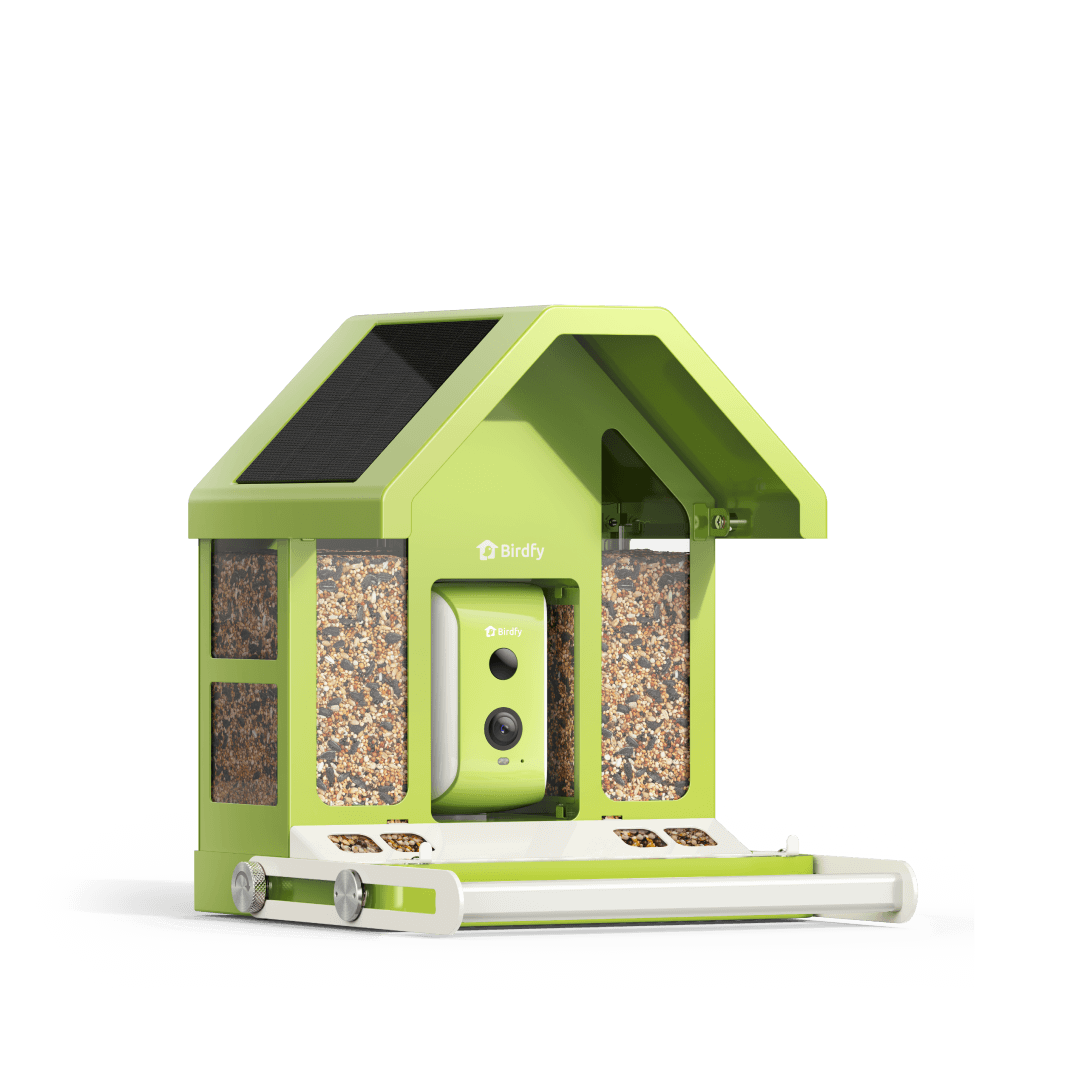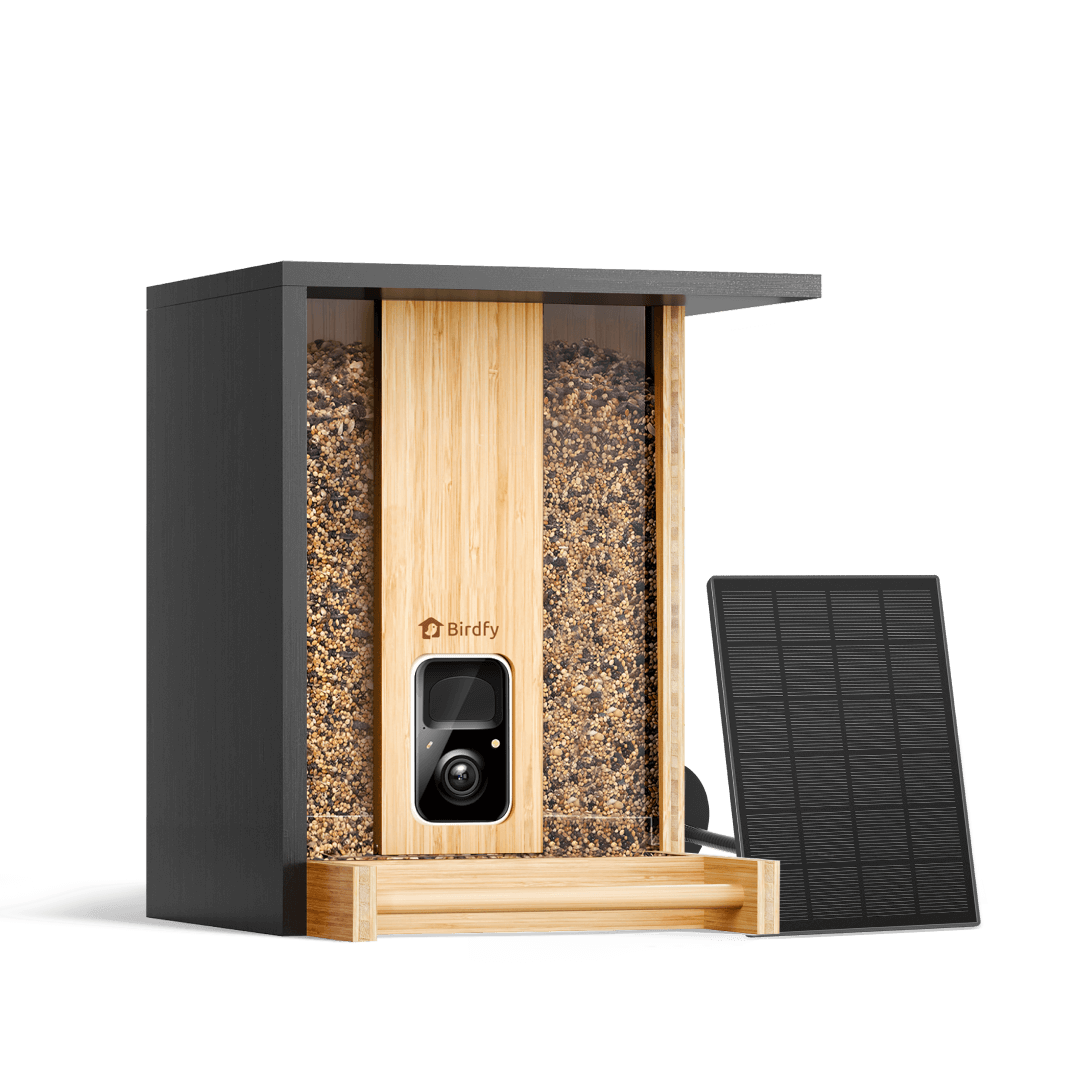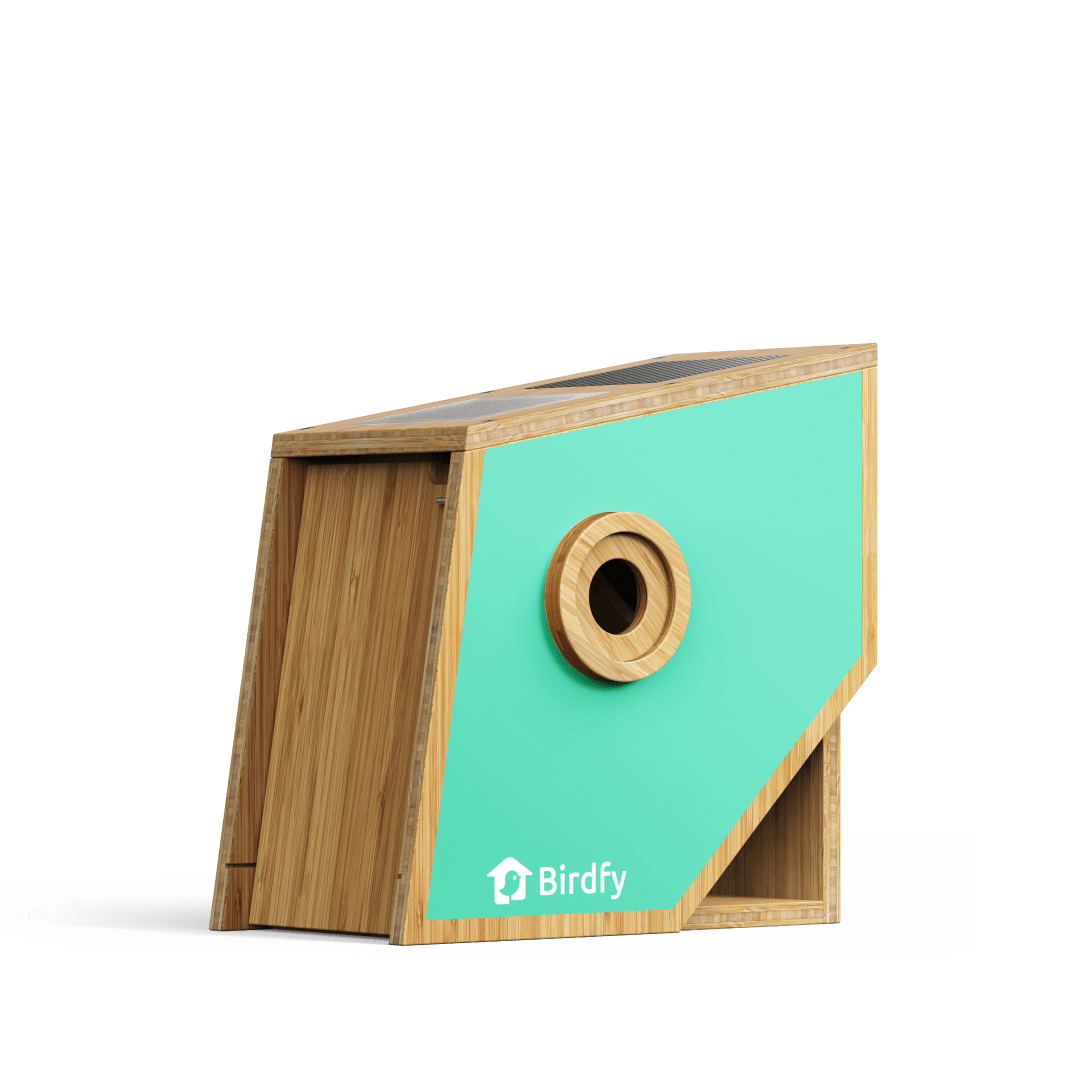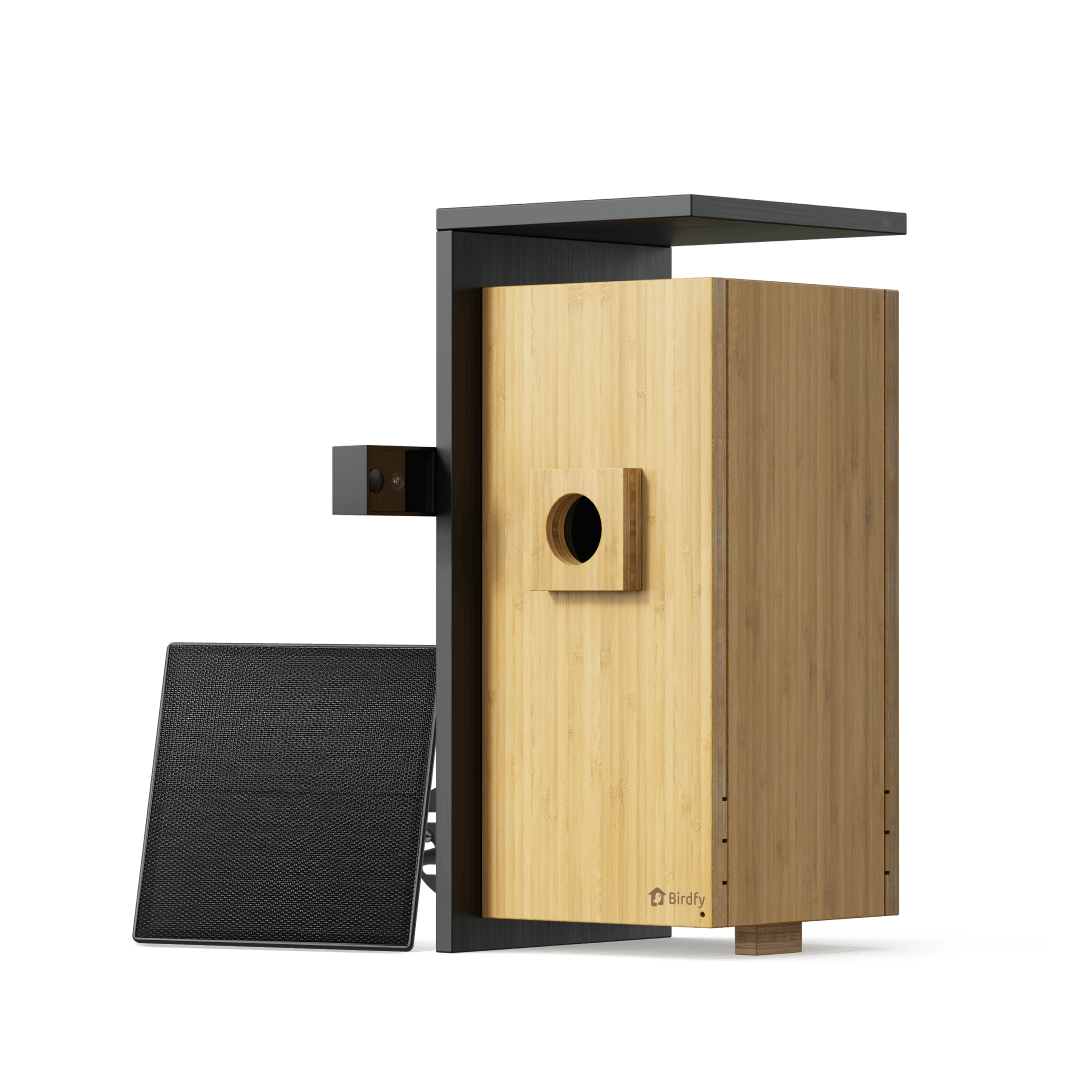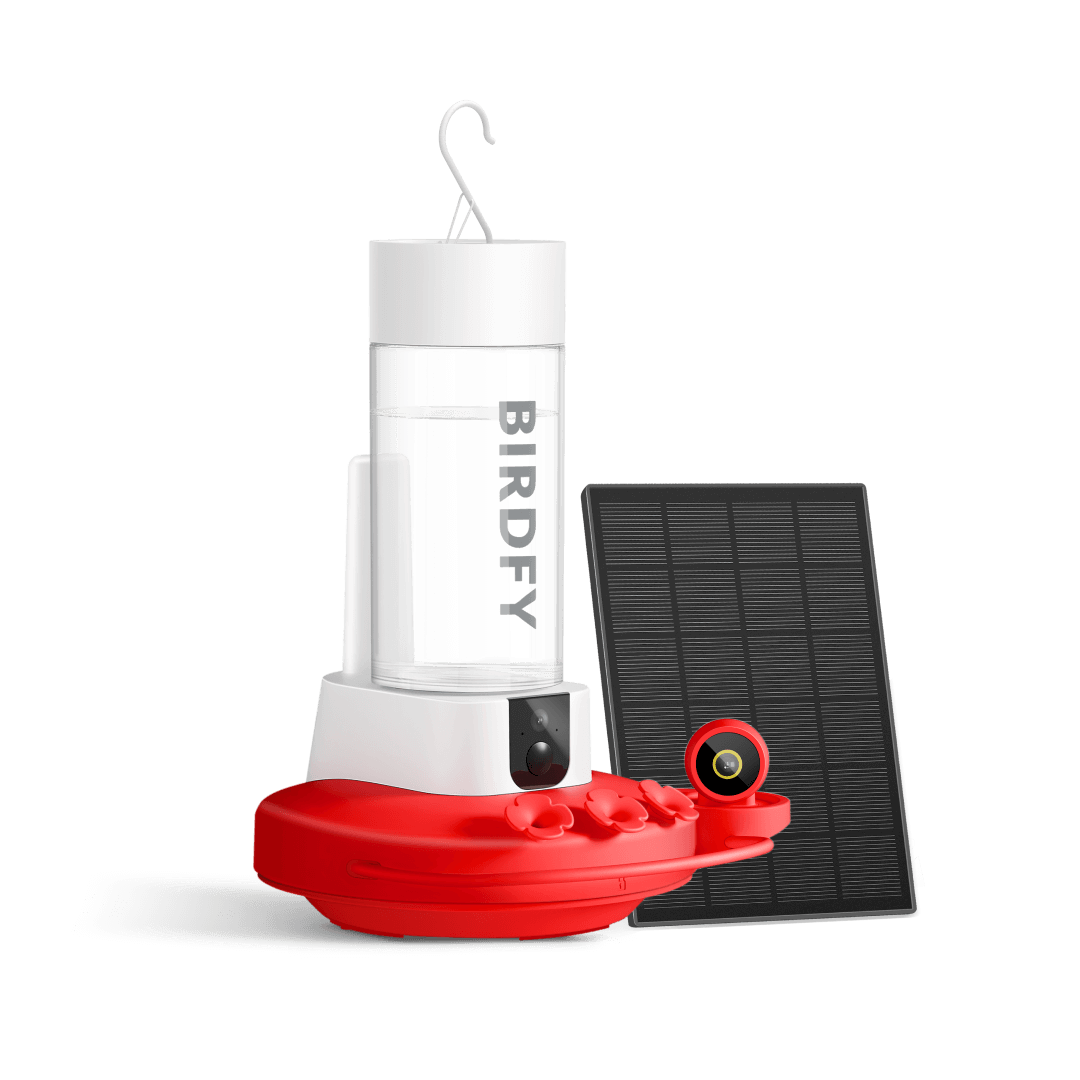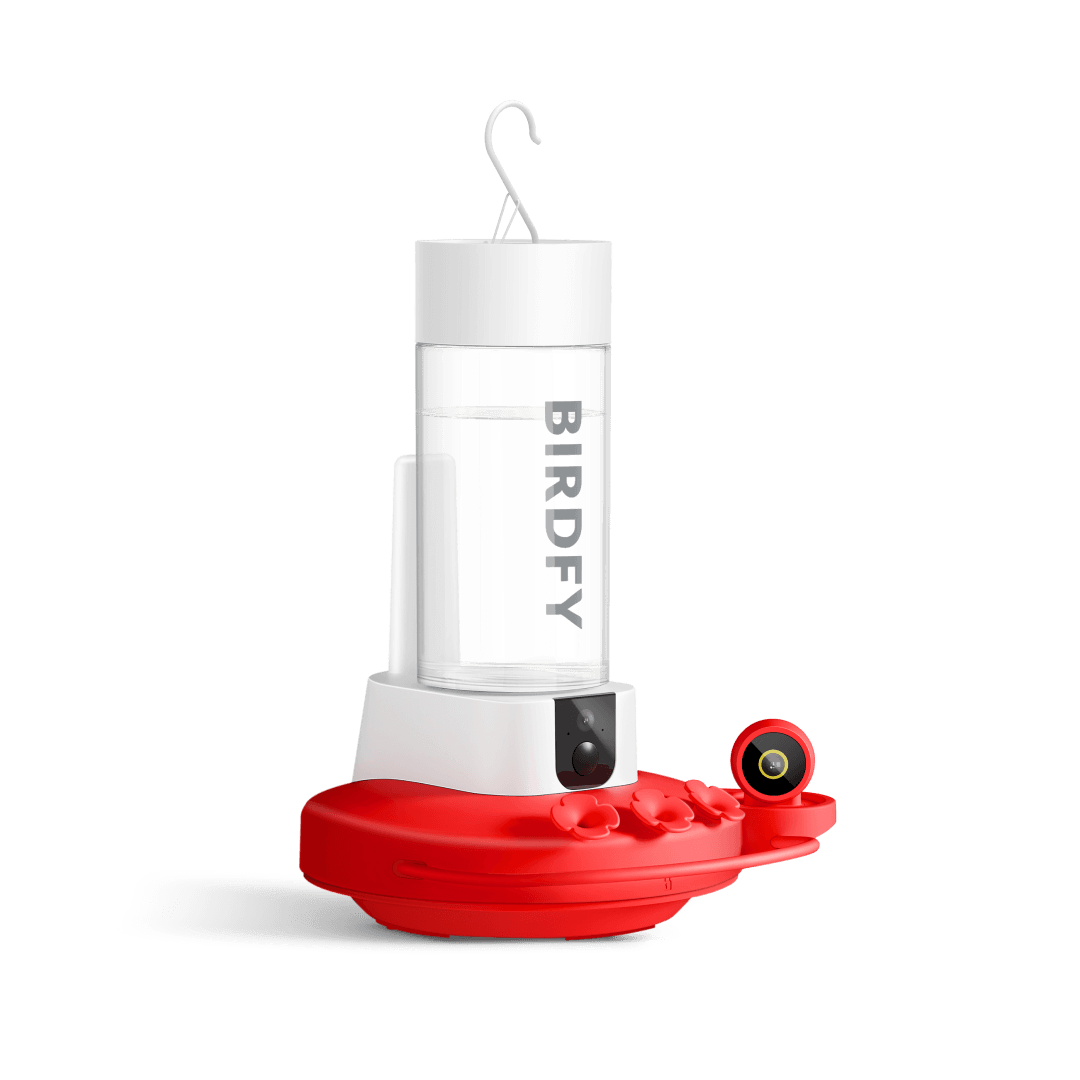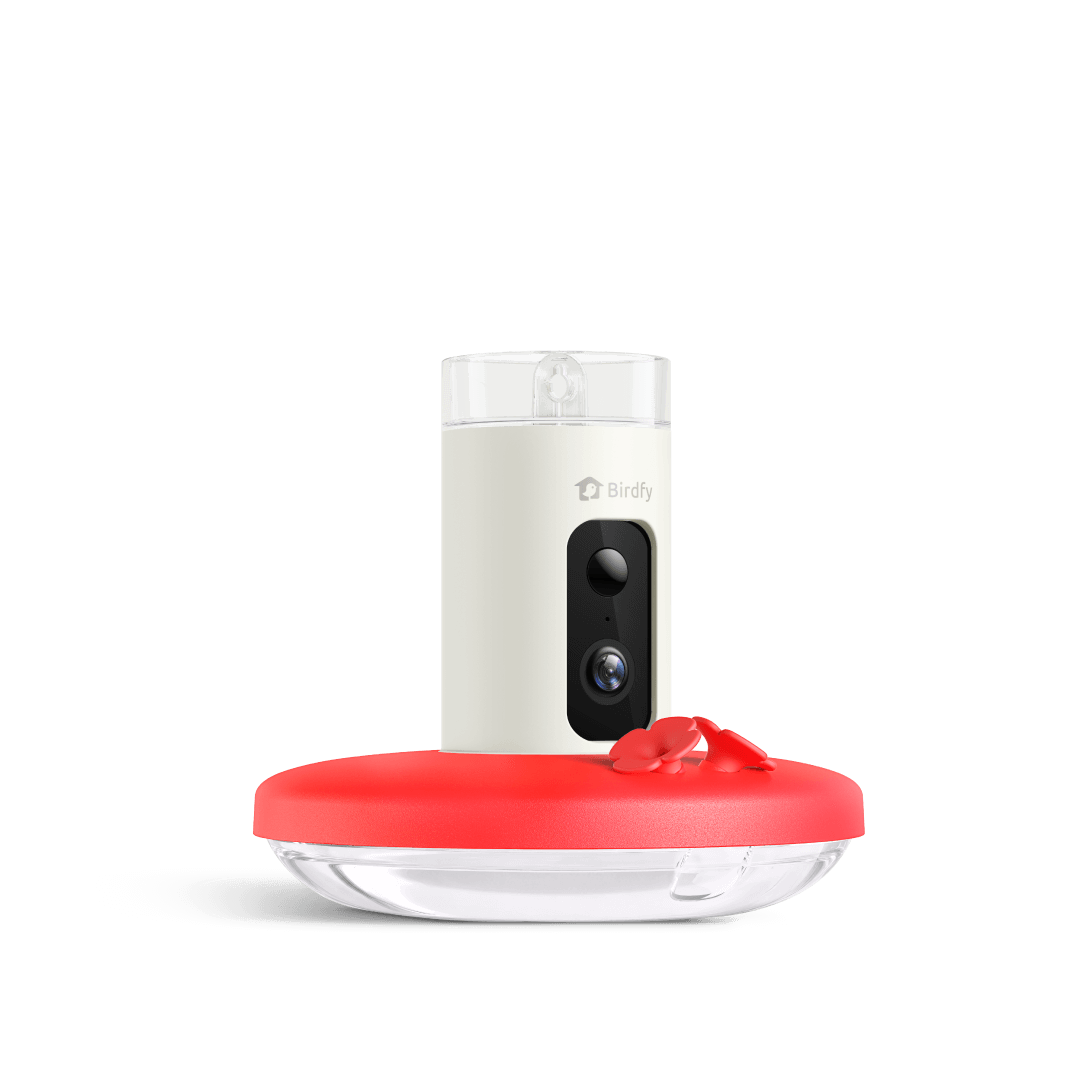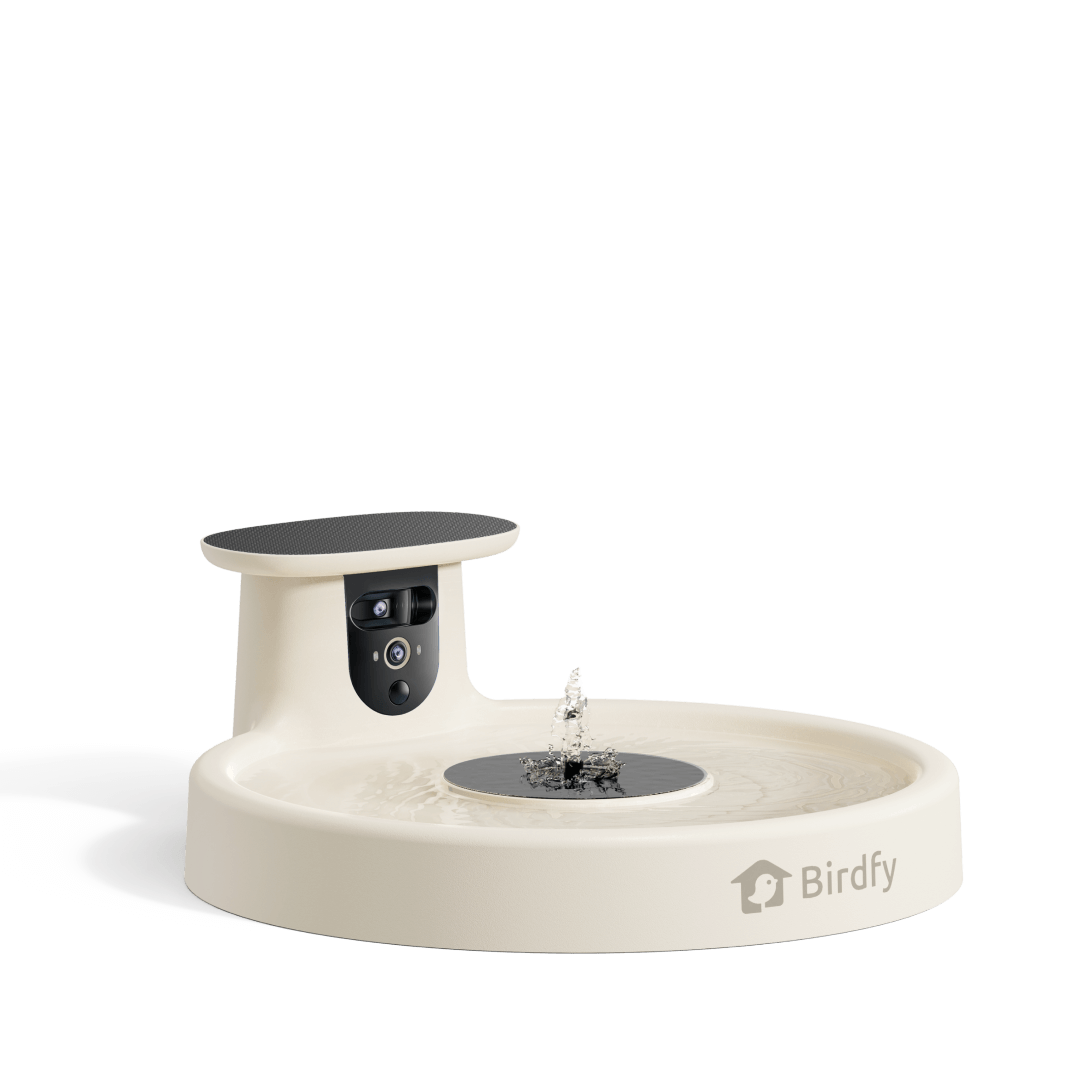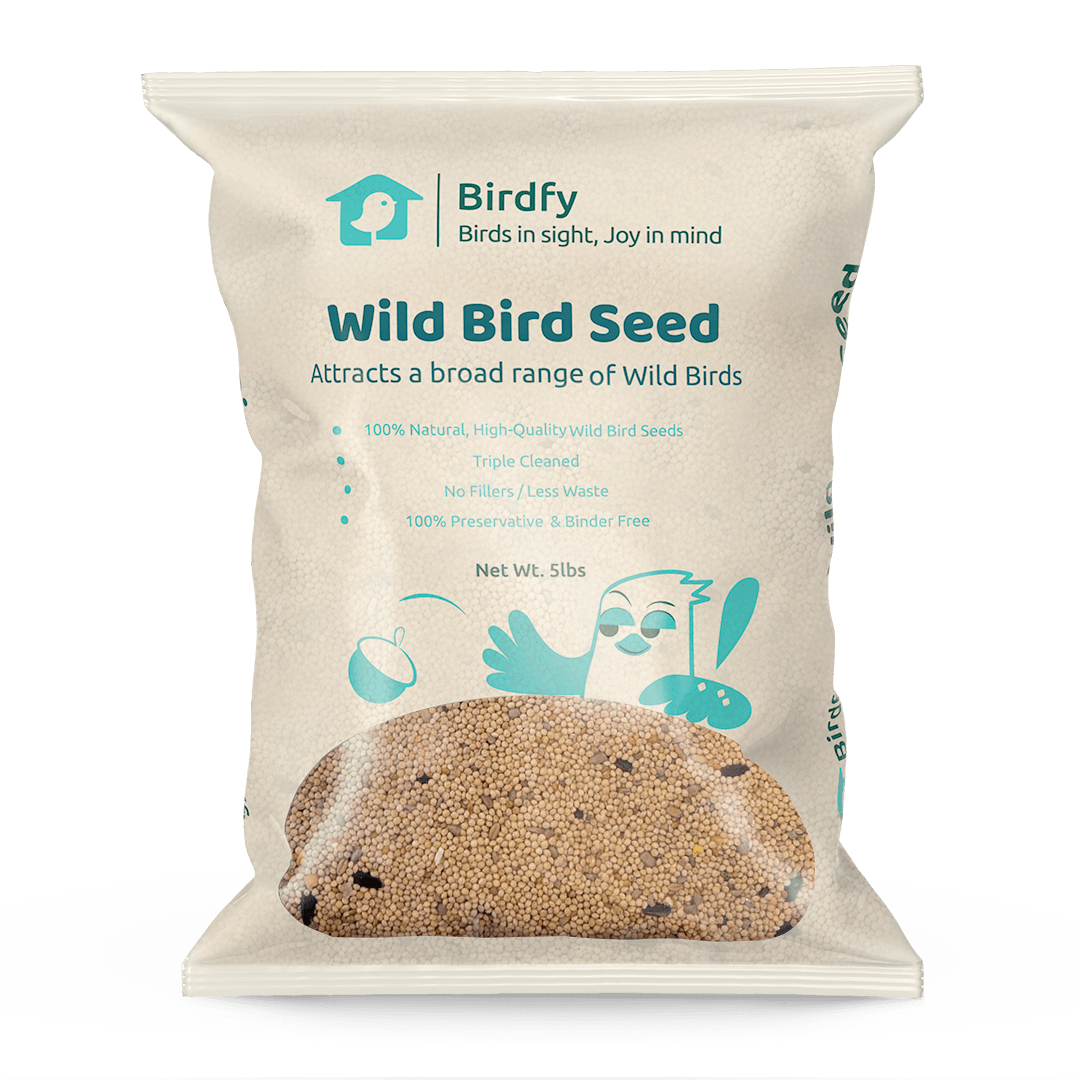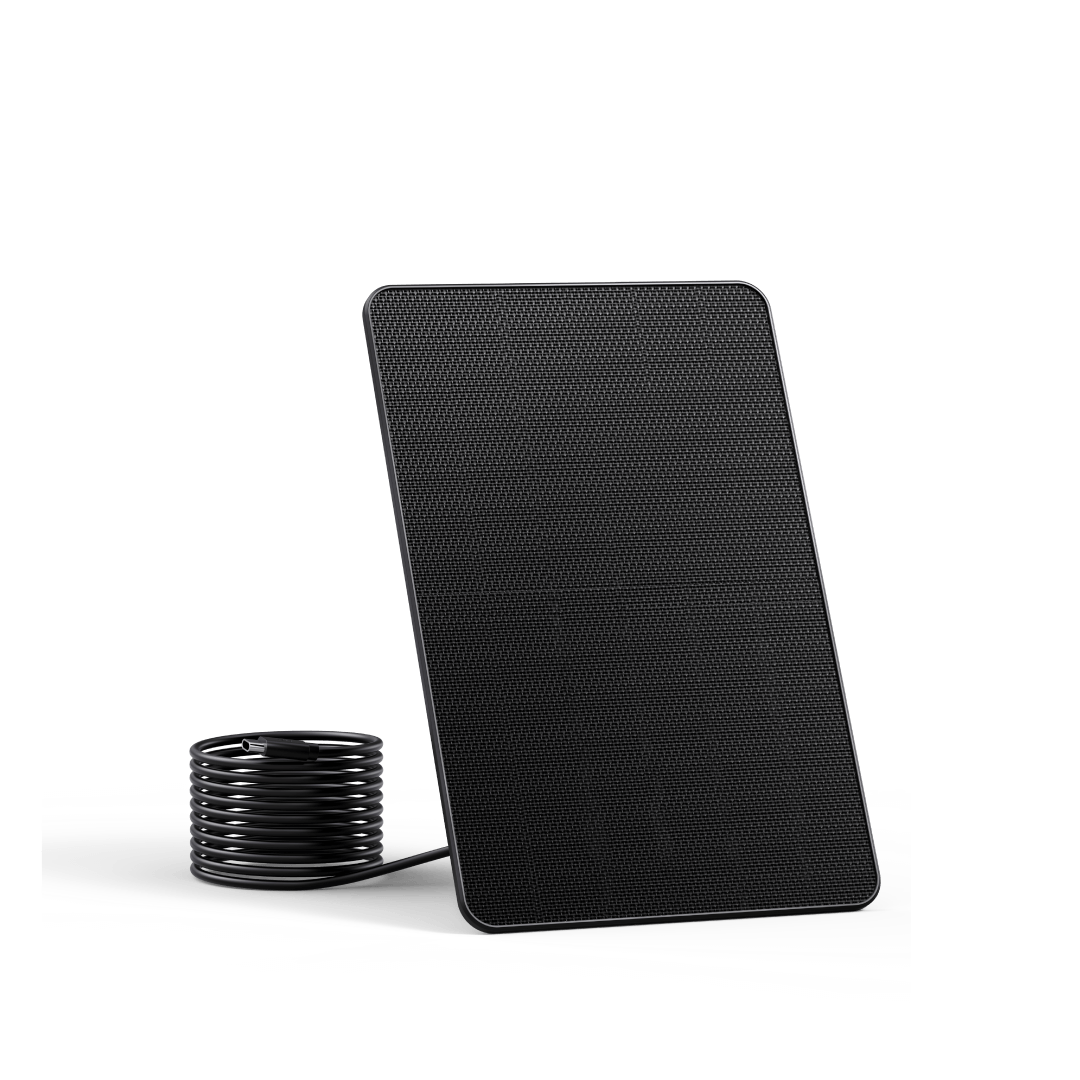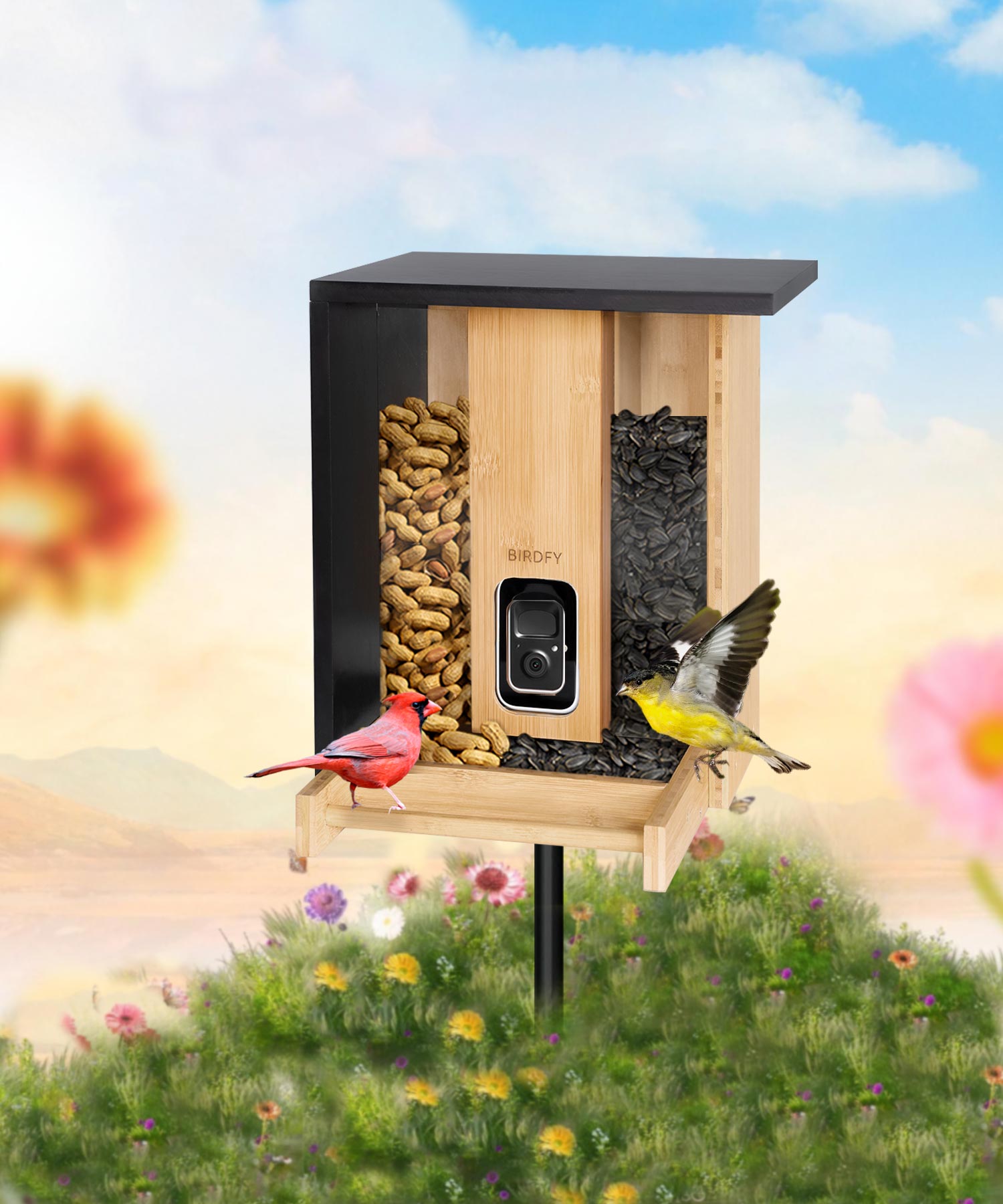Where Is The Best Place To Put A Smart Bird Feeder?
Birds are beautiful species, and people love watching them. These creatures move from branch to branch, singing beautiful melodies and transforming gardens into lively settings. Many people enjoy feeding them; a smart bird feeder makes it even more exciting! This unique feeder allows you to identify the species and morphology of the bird's viscosity and photograph it.
But where should one position the smart bird feeder? This is a fundamental question. If the feeder is placed at the wrong location, they will not visit. Therefore, this factor is a key determinant of bird presence. They need to feel safe and comfortable.
Furthermore, they require food that has not gone bad or is not stale because this will not help them in their daily activities. If the feeder is poorly placed, they might get scared, and their food could spoil. This article will discuss the best place to put a smart bird feeder so birds can eat happily!
Choose the Right Bird Feeder
However, knowing the right feeder is essential before selecting the perfect location to find it. Different feeders attract different birds. Some are specially designed for small ones, while others are for large ones. Some hold seeds, and some hold nectar. Choosing the proper feeder allows you to attract the ones you desire to see.
Different Types Of Bird Feeders
There are many kinds of bird feeders:
-
Tubular seed feeders: These are tall and thin, with small holes. Small perches and feeding troughs can be designed to accommodate birds who will be fed seeds. Small ones, including sparrows and finches, love these feeders.
-
Feeding tables: These are flat and open, similar to small tables. They can accommodate many birds at once and are suitable for large ones like doves and pigeons.
-
Hanging feeders: These feeders are suspended on the tree or a hook. They protect foods from being monopolized by squirrels and other animals.
-
Window feeders: These stick to windows with suction cups. They are great for people who want to watch them up close.
-
Nectar feeders: They contain sugary water for the bird's consumption and are constructed like a flower shape.
How to Choose the Best Feeder for Your Space and the Bird Species You Want to Attract?
Think of the areas where you prefer to place your feeder or where you feel it is convenient to put one. If you have a large garden, you should use a feeding table or a hanging feeder with a large capacity. A relatively compact window feeder will be perfect if you live in an apartment.
Also, consider the birds in your area. Installing a tubular seed feeder is appropriate if you notice numerous small species. The hummingbird is one of the most beautiful species that almost every enthusiast wants to attract to their garden, and it requires a nectar feeder. It will help you choose the right feeder to attract them.
Importance of Proper Placement
Regarding feeder placement, it is vital to decide its location. The position of the bird feeder is critical for bird safety and comfort. They require a place to eat in an environment without disturbance and danger. If the feeder is not where he feels comfortable, they may be scared, lose their flight, and stop coming to the area.
How Can Incorrect Placement Lead to Poor Feeding Experiences for Birds?
If you put the feeder in a busy place, the birds may get scared. If people walk by too often, they won’t feel safe. If the feeder is too close to a wall or a fence, cats or other animals might attack it.
A feeder that is too low can also be dangerous. Squirrels and other animals might steal the food, and they may find it hard to land if it is too high or swings too much.
A lousy spot can also spoil food. If seeds get wet, they can grow mold, which is bad for them. A good place will keep birds safe and their food fresh!
Avoid Direct Sunlight and Wind
Birds need a comfortable place to eat. They won't like it if it is too hot or windy, and a feeder in the wrong place can make eating difficult.
How Can Direct Sunlight Heat the Food, Leading to Condensation and Potential Spoilage?
When the sun shines directly on the feeder, it can get too hot, warming and spoiling the seeds. If there is a nectar feeder, the sweet liquid can go bad faster.
Also, heat causes condensation. This means water drops form inside the feeder. Wet seeds can grow mold. Moldy food is dangerous for them and can make them sick.
What Are the Problems Wind Can Cause?
A strong wind can cause the feeder to swing too much, causing the birds to struggle to land and eat. If it moves too much, they may get scared and fly away.
Wind can also blow food out of the feeder, causing seeds to fall to the ground, where they might be wasted.
Another problem is that wind can knock over feeders, making feeding difficult or causing the feeder to fall. A fallen feeder can spill all the food, making a mess. If the feeder breaks, you will have to replace it.
To avoid these problems, pick a place with some shade and shelter from the wind.
Provide A Safe and Quiet Spot
They like to eat in a peaceful place. They do not like loud noises or too much movement, so a quiet and safe space helps them feel happy when they eat.
What Can Be A Quiet, Shaded Location in the Garden Or Outdoor Space for the Feeder?
A good spot is under a tree or near a bush. Trees and bushes provide shade so the feeder does not get too hot and give birds a place to rest and hide.
You can put the feeder near a wall or a fence if you do not have trees. Just ensure it is not too close to places cats or other animals can reach.
If you place a feeder on a balcony, put it in a corner with some cover. A little roof or shade can protect the birds and the food.
How Do Peace and Shelter from Bad Weather Contribute to Attracting and Retaining Birds?
Birds feel safe in quiet places. If the feeder is near a busy road or a noisy area, they may not come often, as too much noise can scare them away.
Bad weather can also be a problem. They need a dry place to eat if it is raining or snowing. If you put the feeder in a protected spot, birds will return.
A safe, quiet, and shaded feeder spot will bring more species. They will feel happy and return every day!
Ensure A 360-degree View for Birds
They need to feel safe while eating. If they cannot see their surroundings, they may feel scared. If a feeder is placed in a hidden spot, they may not use it. They always look out for danger, such as cats, hawks, or other predators. A 360-degree view helps them stay safe while they enjoy their food.
The Importance of Providing A Clear View for the Birds While Feeding
They like to eat in places where they can see all around them. If they feel trapped, they will not come to the feeder. A clear, open space helps them feel safe and comfortable. They can check their surroundings and continue eating without fear.
A smart feeder with a good view also helps! If the feeder is not hidden, you can better watch them. Placing the feeder where they can see far will attract more of them, and they will feel safe and return often.
How Does This Allow Birds to Stay Alert for Predators and Make It Easier for Them to Escape If Needed?
They always watch for danger while eating. If a predator comes close, they need to fly away quickly. A feeder near a wall, fence, or dense bush can block their escape. If a cat or hawk surprises them, they may not escape quickly.
To help them, place the feeder where they can fly off in any direction. A hanging feeder on a strong branch or a post in an open area is a good idea. Make sure no barriers are blocking their view. This way, they can eat peacefully and escape quickly if needed.
Cleanliness Is Key to Encouraging Return Visits
A dirty feeder can make them sick. Keeping the bird feeding area clean is very important. If old food and dirt build up, they may stop visiting. A clean feeder keeps them healthy and happy.
How Does Keeping the Bird Feeding Area Clean Help Maintain the Attraction of Your Garden for Birds?
If the feeder is dirty, they will not return. Old food can grow mold and bacteria, which can make them sick. Wet seeds can spoil, and sticky nectar can attract ants and bugs. A clean feeder makes these species feel welcome.
A clean area also keeps away unwanted animals. If food falls on the ground, it may attract rats or squirrels. These animals might scare them away. Keeping the feeder area neat will make sure they return every day.
Tips on Cleaning and Maintaining the Bird Feeder
Here are some simple ways to keep the feeder clean:
-
Empty old food: Do not let seeds stay too long in the feeder. Change them often, especially if they get wet.
-
Wash the feeder: Use warm water and mild soap to clean the feeder. Rinse it well and let it dry before adding new food.
-
Clean around the feeder: Pick up any spilled seeds. It will prevent mold from growing and keep other animals away.
-
Check for damage: Look for cracks or rust. A broken feeder can be unsafe for birds. If necessary, fix or replace it.
-
Keep nectar feeders fresh: If you use a nectar feeder, change the nectar every few days or daily in hot weather. By keeping the feeder and its surroundings clean, you ensure that they stay healthy and keep coming back!
Conclusion
A smart bird feeder is a wonderful way to watch and enjoy birds. But where you place it is essential. The position of the bird feeder is critical for bird safety and comfort. If it is in the wrong spot, birds may not feel safe. If food gets too hot or wet, it can spoil. If it is too close to danger, birds might not come at all.
To make sure they visit, pick the right feeder for your space. Keep it in a shaded, quiet place with a good view. Avoid too much sun and wind. Make sure birds can escape quickly if needed. Most importantly, keep the feeder clean so birds stay healthy.
These simple steps will create the perfect spot for a smart bird feeder. Birds will love it, and you will enjoy watching them every day!
Share



